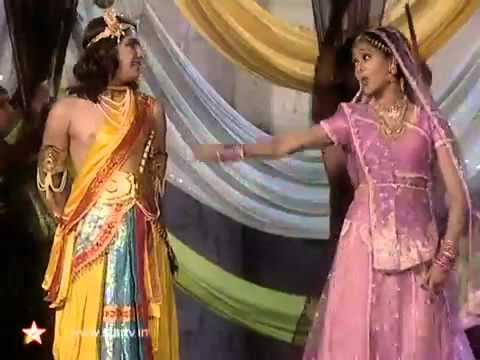

He is also known as Kaimasa, Kaimash or Kaimbasa in the folk legends, which describe him as an able administrator and soldier devoted to the young king. Kadambavasa served as the chief minister of the kingdom during this period. ĭuring his early years as the king, Prithviraj's mother managed the administration, assisted by a regency council. The Hammira Mahakavya claims that Someshvara himself installed Prithviraj on the throne, and then retired to the forest. Prithviraj, who was a minor at the time, ascended the throne with his mother as the regent. The last inscription from Someshvara's reign and the first inscription from Prithviraj's reign are both dated to this year. Someshvara died in 1177 CE (1234 VS), when Prithviraj was around 11 years old. Prithviraj moved from Gujarat to Ajmer, when his father Someshvara was crowned the Chahamana king after the death of Prithviraja II. Both the texts state that he was particularly proficient in archery. The Raso goes on to claim that he became well-versed in a number of subjects, including history, mathematics, medicine, military, painting, philosophy ( mimamsa), and theology. The Prithviraja Vijaya states that he mastered 6 languages the Prithviraj Raso claims that he learned 14 languages, which appears to be an exaggeration. The medieval biographies of Prithviraj suggest that he was educated well. Based on these positions and assuming certain other planetary positions, Dasharatha Sharma calculated the year of Prithviraj's birth as 1166 CE (1223 VS). The text does not mention the year of his birth, but provides some of the astrological planetary positions at the time of his birth, calling them auspicious. According to Prithviraja Vijaya, Prithviraj was born on the 12th day of the Jyeshtha month. Both Prithviraj and his younger brother Hariraja were born in Gujarat, where their father Someshvara was brought up at the Chaulukya court by his maternal relatives. Prithviraj was born to the Chahamana king Someshvara and queen Karpuradevi (a Kalachuri princess). For example, the Sanskrit poem anthology Sharngadhara-paddhati (1363) contains a verse praising him, and the Kanhadade Prabandha (1455) mentions him as an earlier incarnation of the Jalore Chahamana king Viramade. Some other Indian texts also mention Prithviraj but do not provide much information of historical value. The Alha-Khanda (or Alha Raso) of the Chandela poet Jaganika also provides an exaggerated account of Prithviraj's war against the Chandelas. While the work was completed in 1336 CE, the part that mentions Prithviraj was written around 1250 CE. Prithviraj has also been mentioned in Kharatara-Gachchha- Pattavali, a Sanskrit text containing biographies of the Kharatara Jain monks. These were composed centuries after his death, and contain exaggerations and anachronistic anecdotes.

Other chronicles and texts that mention Prithviraj include Prabandha-Chintamani, Prabandha Kosha and Prithviraja Prabandha. However, it contains many exaggerated accounts, much of which is not useful for the purposes of history. Prithviraj Raso, which popularized Prithviraj as a great king, is purported to be written by his court poet Chand Bardai. Prithviraja Vijaya is the only surviving literary text from the reign of Prithviraj. These texts contain eulogistic descriptions, and are, therefore, not entirely reliable. These include Prithviraja Vijaya, Hammira Mahakavya and Prithviraj Raso. Besides the Muslim accounts of Battles of Tarain, he has been mentioned in several medieval kavyas (epic poems) by Hindu and Jain authors. Much of the information about him comes from the medieval legendary chronicles. The extant inscriptions from Prithviraj's reign are few in number and were not issued by the king himself.

Prithviraja III ( IAST: Pṛthvī-rāja reign.


 0 kommentar(er)
0 kommentar(er)
